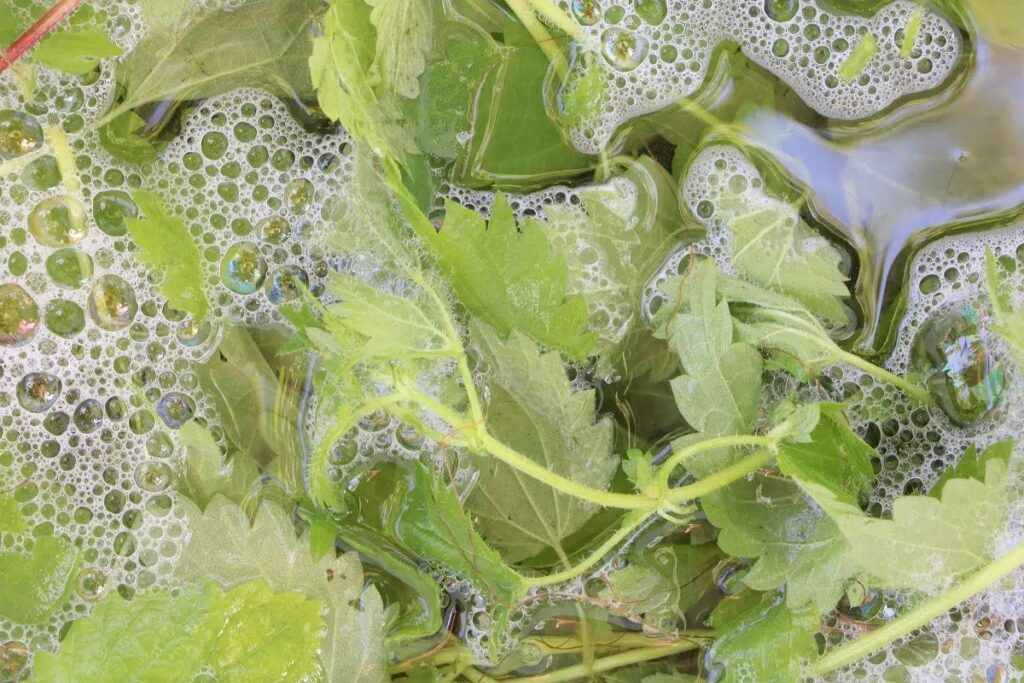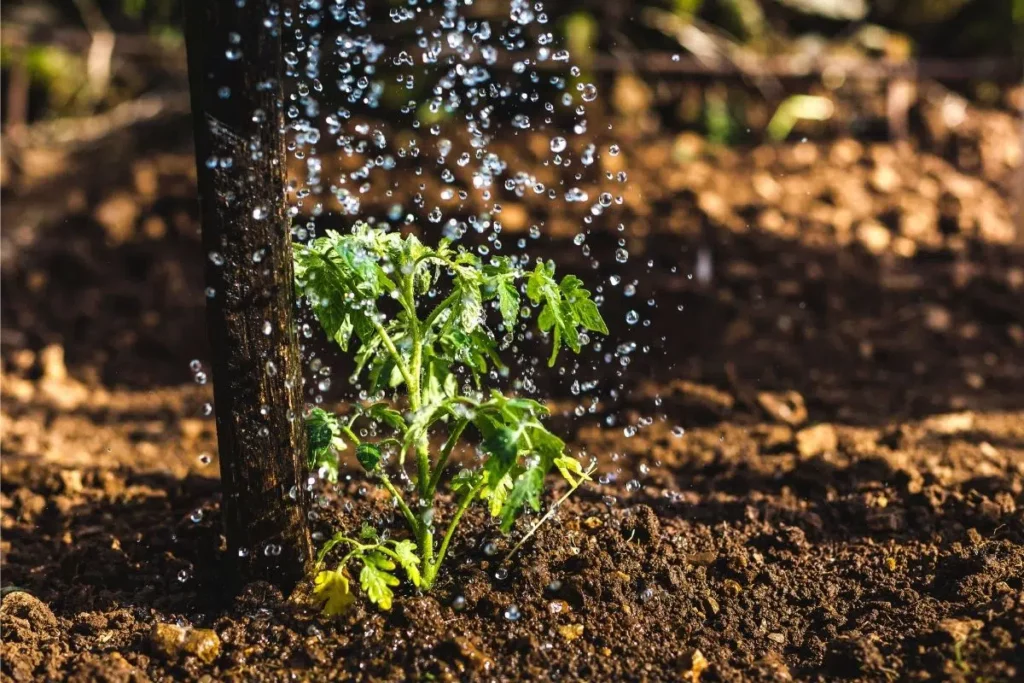Parsley (Petroselinum crispum) is a popular, but also quite sensitive kitchen herb. To these five causes the plant in the bed reacts with yellowing and dies. Here’s how to prevent parsley turn yellow.
Contents
Waterlogging
Probably the most common reason for the unappetizing yellowing is simply too frequent watering. This results in waterlogging, which causes the plant roots to stand permanently in wet soil. The consequences are serious
- insufficient oxygen supply to the roots
- root rot
- no more sufficient supply of the leaves possible
- nutrient and water deficiency of the above-ground plant parts
Expose the roots of the affected plants and check the soil and roots: If the soil is wet and the roots smell musty, root rot is probably present. In this case, the only thing that will help is to transplant the parsley to a new location, creating drainage at the time of planting. But it is better to reseed the culinary herb in another place.
Tip: Before each watering, check by finger test whether the watering is really necessary. Only when the soil is dry at a depth of several centimeters should you water the plant
Pest infestation
A pest infestation also often causes parsley to turn yellow in the bed. In many cases, so-called root aphids are behind the phenomenon. These white animals, which are only a few millimeters in size, infest the parsley roots and suck on them. In this way, they deprive the plant of important nutrients, which leads to deficiencies.
This helps against root aphids:
- Keep soil evenly slightly moist (not wet!).
- water the plant with tansy or nettle broth
- add coffee or black tea to the watering water
- Loosen the soil regularly with a rake or hoe.
- In addition to root lice, other pests, such as voles, can also cause the yellowing of parsley leaves.

Tip: Here, you should mechanically block the roots (e.g., by using a root cage) so that the critters can no longer get at the tidbits
Crop rotation
If the culinary herb is cultivated in the bed, incorrect crop rotation or planting together plant species that do not harmonize with each other is also a common cause of yellowing. Parsley will turn yellow if you plant it next to or after other umbellifers. The culinary herb is also incompatible with itself. Provided that in one location already
- Parsley
- Dill
- Fennel
- lovage
- Carrots
- Parsnips
- or celery
stood, other plant families should be grown there for about three to five years. For example, cucumbers, tomatoes, garlic, leeks, kale, radishes or radishes are very suitable as subsequent crops.
“Note: Even though the opposite is often said, you should not plant parsley next to chives. The two culinary herbs do not harmonize very well with each other.
Wrong location
Many herbs, especially the species of Mediterranean origin, need a warm and sunny location. Curly or even smooth parsley, on the other hand, is best placed in a bed with partial shade to light shade. Full sun, on the other hand, often causes the leaves to turn yellow.
Incidentally, this is true even if the composition of the soil is heavy and poorly permeable: In particular, clay soils promote the development of waterlogging, which, in turn, is harmful to the kitchen herb. Therefore, loosen the soil in the bed with sand and mature compost. In addition, a drainage system (e.g. in the form of a layer of gravel) should be created at the time of planting.
Nutrient deficiency
In some cases, however, parsley turns yellow because it lacks important nutrients. To prevent nutrient deficiency, mix in mature compost and a handful of horn shavings at planting. Watering with nettle broth provides the culinary herb with valuable nutrients and trace elements. For its preparation, it is best to use tap water containing lime or preferably water the parsley bed with fresh tap water: the plant has a high lime requirement.
Tip: As a first aid for a possible nutrient deficiency, you should supply the plants with a liquid vegetable or herb fertilizer, as the nutrients from this are available more quickly. However, this does not apply if the deficiency results from root rot! Then only transplanting will help.
Frequently asked questions
Why does my pot parsley turn yellow?
Potted parsley usually turns yellow for two reasons: either you water too much, which is more harmful for potted plants than for garden plants – especially if the plant pot does not have a drainage hole at the bottom and the drainage layer (e.g. made of expanded clay or clay shards) is missing. Or you didn’t repot the parsley into a larger pot right after you bought it. Repotting is important because herbs are usually in pots that are far too small.
What plants are good neighbors for mixed culture with parsley?
Especially well tolerated with parsley are kale, broccoli, onions, leeks and garlic, as well as beans, zucchini, cucumbers, radishes, tomatoes and strawberries. As for herbs, you can add garden cress, borage or basil. In turn, associating with marigolds will keep away soil fleas and nematodes, which also like to nibble on parsley roots. Marigolds not only look pretty, their flowers are edible and can be used in homemade healing ointments.


